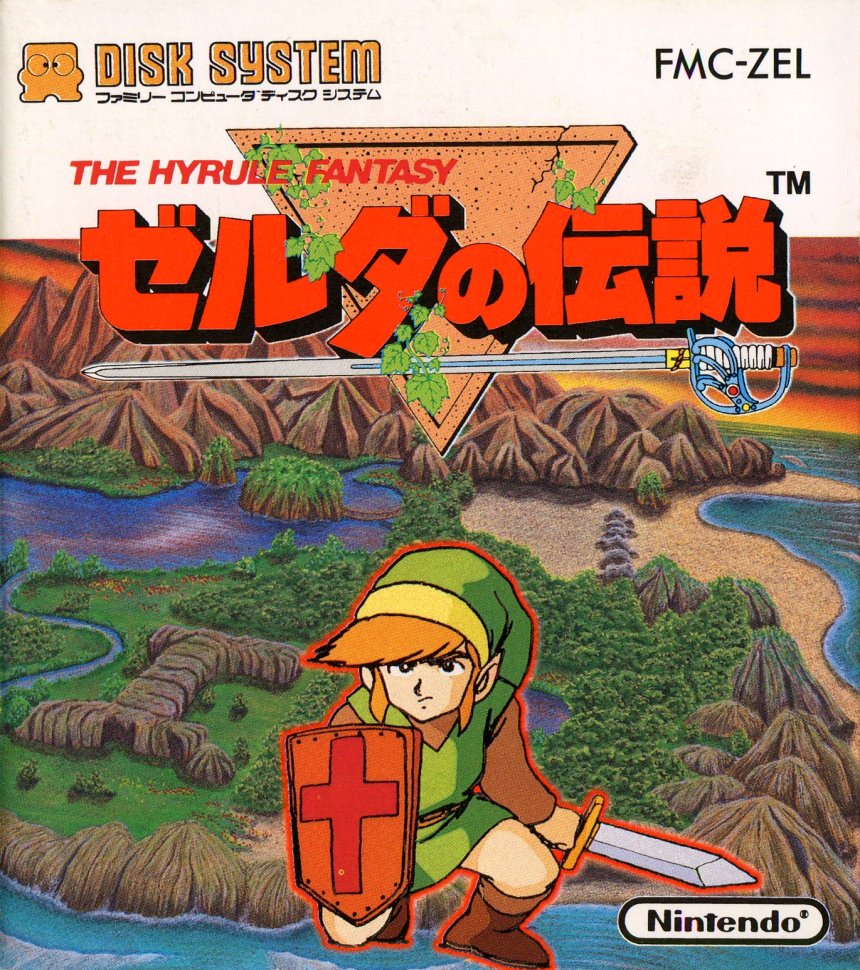Psychic Landscape 1: Conjuring the ’70s
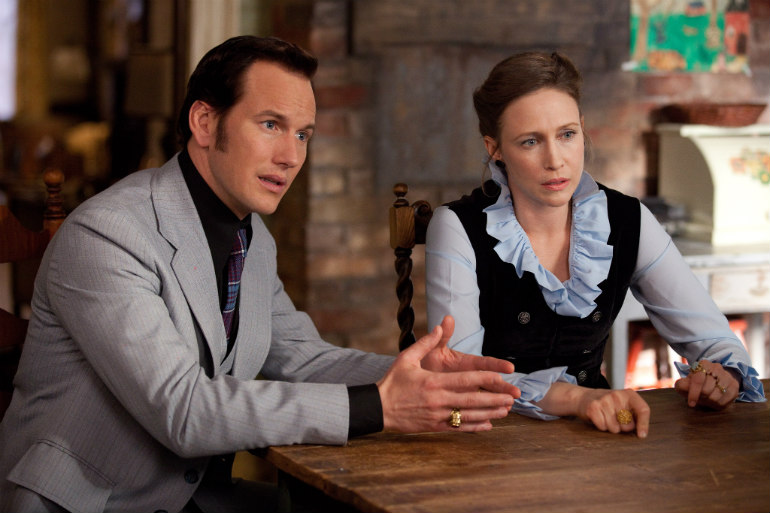 This post is based on a true story.
This post is based on a true story.
The Conjuring movies are interesting for various reasons. There is, for instance, the way they use the 1970s themselves as a source of horror.
Actually, this sort of thing has been happening for a while now. As far back as The Sixth Sense, 70s clothing has been pulled into the mix. Moreover, Sixth Sense borrows heavily on the detached, clinical style of certain 70s and early-80s horror movies, such as The Exorcist and The Shining. You know the kind of shot I’m talking about. Steady or static shots of carefully framed tableaux, often in deep focus, usually with something irrational or horrific intruding matter-of-factly into an otherwise domestic, mundane, or banal – perhaps even aggressively banal – setting. The resurrection of this stylistic tick is in marked – probably conscious – contrast to other styles of horror filmmaking which were on the rise at the time, most particularly the ‘found footage’ style, the early phase of which was exemplified by The Blair Witch Project. Both styles were probably, in their different ways, reactions against the styles predominant in the late 80s, which tended to be very heavy on overt depictions of monsters, gore and/or body horror. These make-up-and-practical-effects-heavy films were also often very frenetic, witty, and self-aware. It’s no coincidence that the last gasp of such films (before they started getting re-made ‘on the square’) were boastfully self-aware, even pop-postmodern, films like Scream and Wes Craven’s New Nightmare.
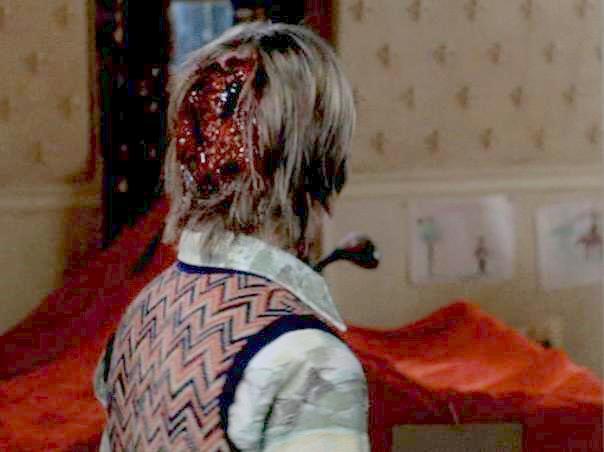
There’s a definite sense in which films like The Conjuring movies are an attempt to reclaim or relive the feeling of ‘seriousness’ in horror films. Of course, the irony is that this very ‘seriousness’ is a function of the immaturity of the people who perceived it. I’m not calling them immature now; I’m saying it made its mark on them in the way it did when, and because, they were immature. The perception of seriousness comes from the intensity of unease which certain films inspire, and the unease is bound up with childhood. The attempt to use the mundane iconography of a bygone era – the 70s and early 80s – is the tell here. It harks back to an era when people my age – and James Wan, the director of the two Conjuring movies is a year younger than me – were encountering horror as kids.
I remember how anxiously fascinated I was by Tobe Hooper’s Salems’ Lot, Kubrick’s The Shining, The Wicker Man, Rosemary’s Baby, The Omen, The Exorcist, and other films (such as Peter Medak’s neglected masterpiece The Changeling) which, to the very young me, seemed deadly serious, transgressive, deeply unnerving, potentially traumatising, repellently alluring… and also inextricably bound up with flares and very wide lapels. I was, paradoxically, more able to get my hands on films like these than the films which were ‘current’ at the same time. In contrast to brand new films, which were in cinemas that wouldn’t let me in, or on VHS tapes I couldn’t afford and which my parents wouldn’t buy or rent for me, a lot of the previous generation of movies were on TV, recordable late at night. …

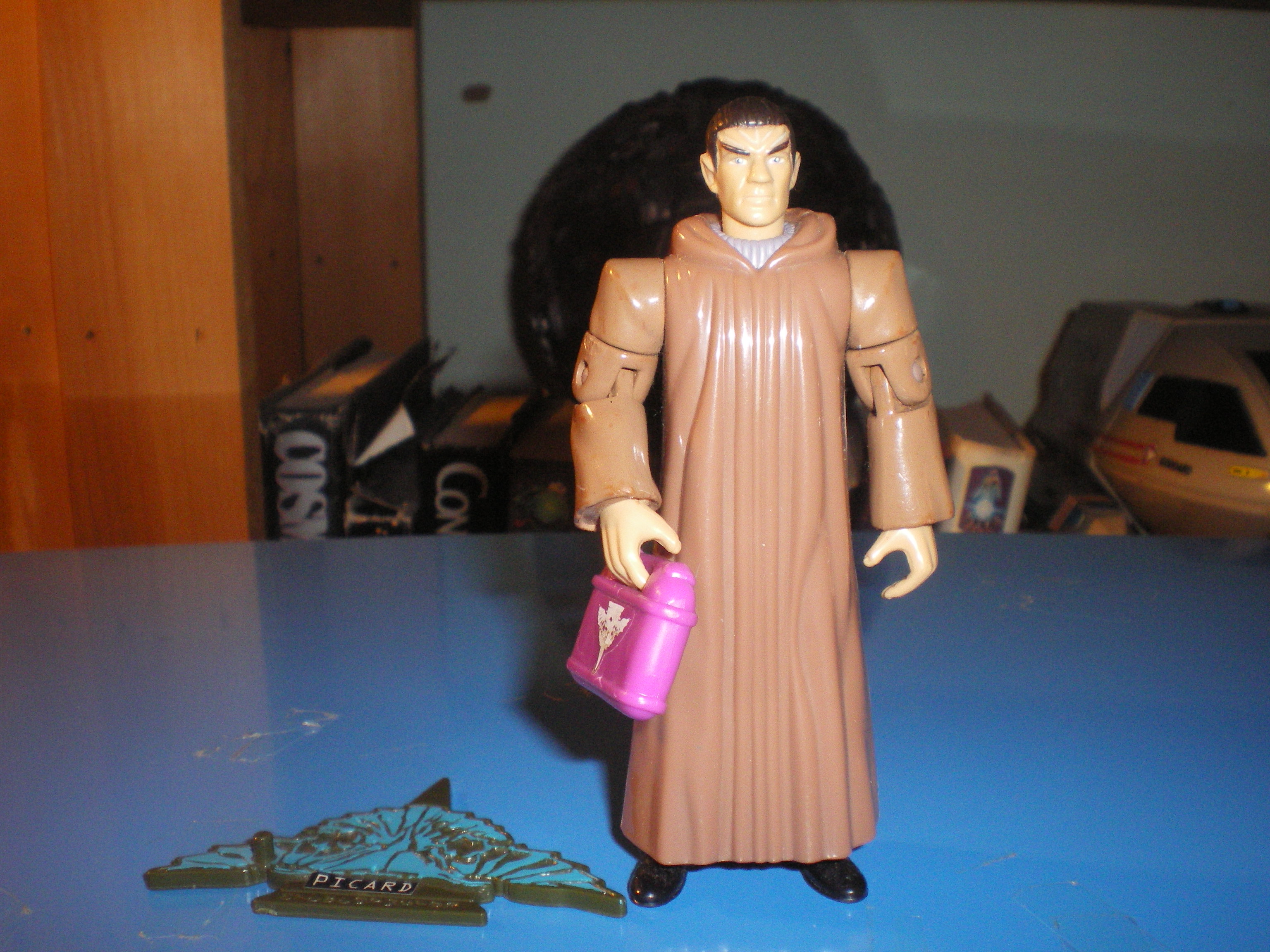
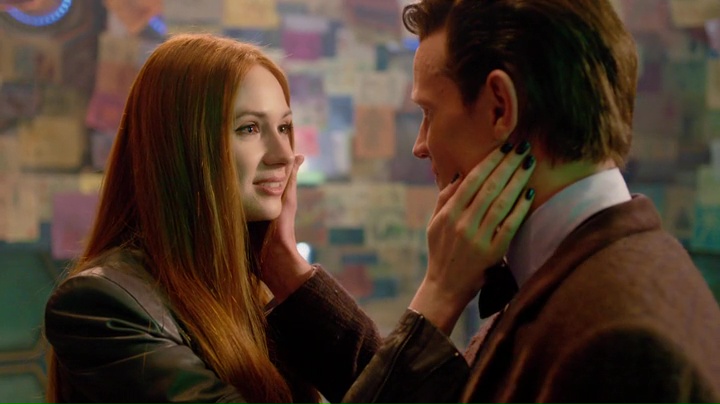 Last week we talked about the expression of the Beautiful throughout the history of Doctor Who, and gleaned different kinds of aesthetics employed by the show in the process – from awe at new, strange places… to the banal objectification of women… to an almost ritualized praise of monsters in the modern era. And it’s this latter sense of beauty that I find most interesting, given how monsters are now used in Doctor Who, especially in the Moffat era. Because monsters are no longer just villainous plot devices for generating scares. Quite often they are secret protagonists, and weighted with symbolic value, especially when juxtaposed with our main characters such that they become telling metaphors. This latter process I call the “monstering” of a character, and of particular interest to me is how Amy Pond becomes consistently monstered during her time on the show.
Last week we talked about the expression of the Beautiful throughout the history of Doctor Who, and gleaned different kinds of aesthetics employed by the show in the process – from awe at new, strange places… to the banal objectification of women… to an almost ritualized praise of monsters in the modern era. And it’s this latter sense of beauty that I find most interesting, given how monsters are now used in Doctor Who, especially in the Moffat era. Because monsters are no longer just villainous plot devices for generating scares. Quite often they are secret protagonists, and weighted with symbolic value, especially when juxtaposed with our main characters such that they become telling metaphors. This latter process I call the “monstering” of a character, and of particular interest to me is how Amy Pond becomes consistently monstered during her time on the show.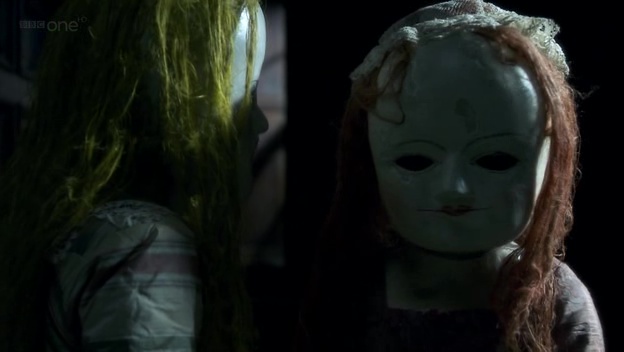 Contrast this with the monstering of Amy in Night Terrors. In Night Terrors, we see Amy transformed into a deadly Wooden Doll, the product of a child’s nightmare, a child who’s afraid of being abandoned. …
Contrast this with the monstering of Amy in Night Terrors. In Night Terrors, we see Amy transformed into a deadly Wooden Doll, the product of a child’s nightmare, a child who’s afraid of being abandoned. …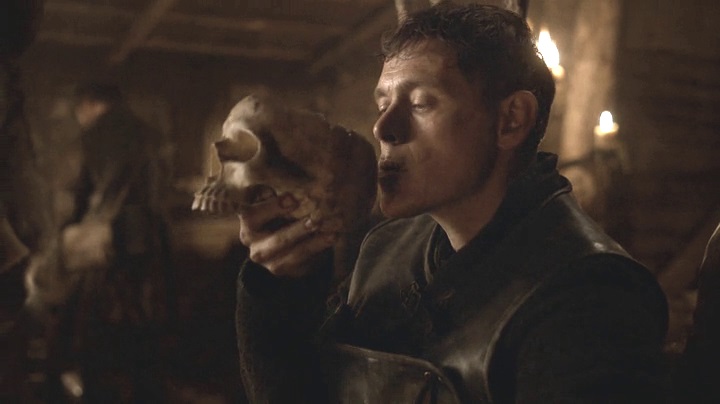
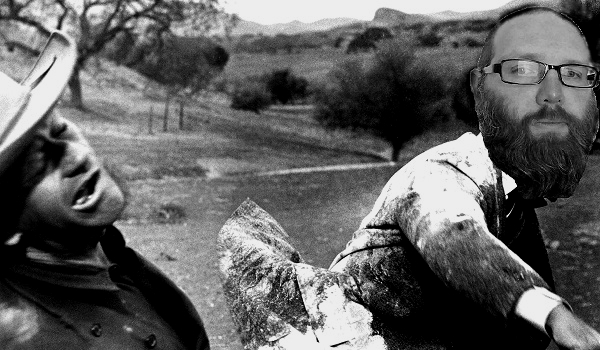 First, the Orlando shooting massacre happened. Then we had some issues with an Oi! Spaceman recording. Then some personal issues kept us away from the microphones for a few days. Long story short, I don’t have a lot of new content for you this week. The only new episode anywhere in the Oi! Spaceman family was
First, the Orlando shooting massacre happened. Then we had some issues with an Oi! Spaceman recording. Then some personal issues kept us away from the microphones for a few days. Long story short, I don’t have a lot of new content for you this week. The only new episode anywhere in the Oi! Spaceman family was 